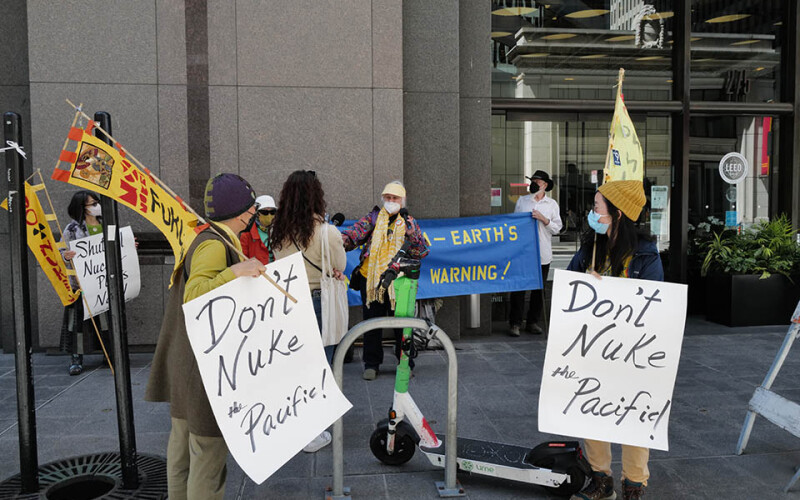Japan announced on Aug. 15 that nuclear plant operators plan to start releasing Fukushima water into the Pacific Ocean. More than 1 million metric tons of treated radioactive water from the nuclear power plants are said to have begun on Aug. 24.
This amount of water is equivalent to filling about 500 Olympic-sized swimming pools. The water was used to cool the fuel rods of Fukushima Daiichi, located on Japan’s east coast, after it melted down after the earthquake and huge tsunami back in 2011. This was reported as the second-worst nuclear disaster in history.
The Japanese government approved this plan two years ago. The decision to decommission the plant operated by Tokyo Electric Power Company has faced criticism from the public and local fishing groups. Fishermen fear the damage to the ocean and marine species and the effects this will have on their livelihood.
Prime Minister Fumio Kishida stated, “I have asked Tepco to swiftly prepare for the water discharge in accordance with the plan approved by the Nuclear Regulation Authority, and expect the water release to start on August 24, weather conditions permitting.”
Japan claims that the water release is safe. U.N. nuclear watchdog, the International Atomic Energy Agency (IAEA) greenlighted the plan back in July, said that it met international standards, and claims that the impact that it will have on the environment is inconsequential.
Neighboring countries to Japan have expressed concerns over the safety of the release, with Beijing being the biggest critic claiming that Japan has not fully communicated with the international community about the water release.
China has also pushed back with one of the biggest concerns of Japan’s plan. Foreign Ministry Spokesperson Wang Wenbin stated on Tuesday, “China strongly urges Japan to stop its wrongdoing, cancel the ocean discharge plan, communicate with neighboring countries with sincerity and good will, dispose of the nuclear, contaminated water in a responsible manner and accept rigorous international oversight.”
China has bans on seafood imports from 10 areas in Japan, including Fukushima and the capital, Tokyo. Seafood imports from other prefectures are allowed but must pass radioactive tests and prove they were caught and produces outside of the 10 banned areas.
Activists in South Korea have protested the release, but Seoul has come to conclusion from its own study that the release does in fact, meet international standards.







